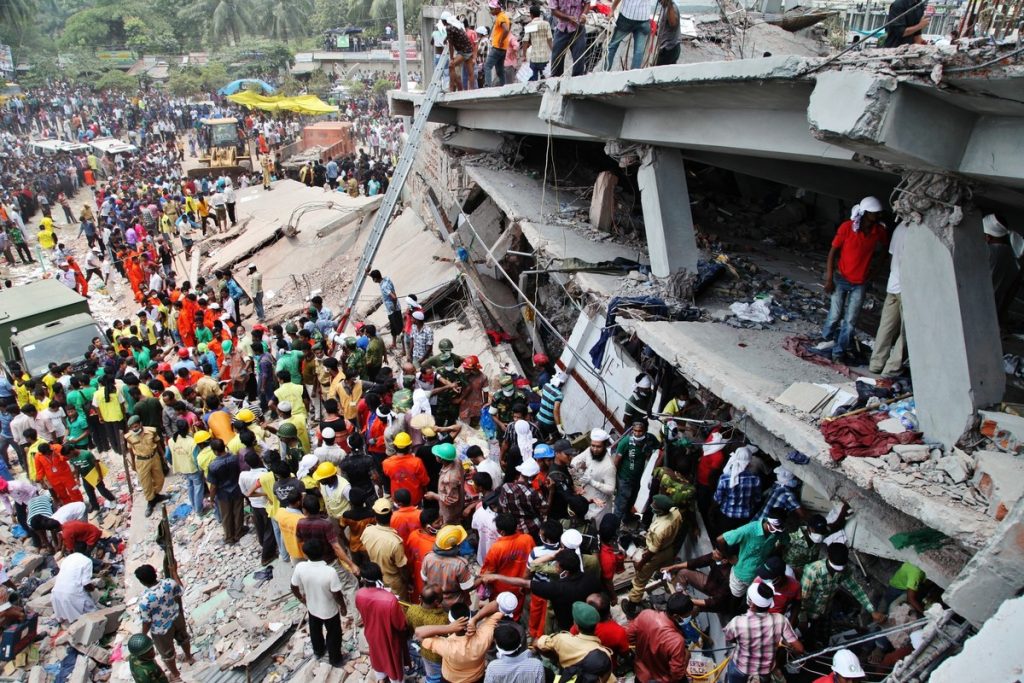When the first Nepal earthquake struck, I was at a meeting in Dhaka, Bangladesh. The quake was so strong that we could feel the earth shaking, even though we were more than 400 miles away.
We felt the aftershocks, too. Not only did the swaying buildings elicit a sense of solidarity with the Nepalese, but it was a reminder of the tremendous risk of earthquakes in Bangladesh. Newspapers covered the relief effort in neighboring Nepal together with analyses from Bangladeshi experts that warned that the country is woefully unprepared for an earthquake on a similar scale.
Weaving through the tiny streets of the old city of Dhaka that are barely wide enough for a car and teeming with people and rickshaws, I could see that the impact of such a disaster would be enormous.
An earthquake or a fire could easily trap tens of thousands of people in collapsed buildings or narrow passageways, making it impossible for rescue workers to reach them.
The vulnerability is even more extreme in the poorest areas where corrugated housing is sometimes built three or four stories high. “Windows” – if that’s what you would call the openings – have bars on them so children don’t fall out, but in a fire, could they get out?
These poorest parts of town are where ActionAid works – the people are our priority – but they are not the priority of the urban planners, the government or even big donor agencies. ActionAid has built up a network of more than 1,000 volunteers who work with the fire department, going street by street educating people about the risk and preparing them for disaster.
They speak about how to reduce the risk, how to save their own lives and the lives of their family, friends and neighbors. They encourage people to spread the word. They warn of chemical spills in the un-regulated and makeshift businesses that fill the old city of Dhaka. They are tireless in their efforts.
In the face of disaster, it is our great hope that their efforts will pay off and save lives.
But much more needs to be done. Not only does there need to be the creation and implementation of comprehensive disaster risk reduction strategies, but the work needs to grow into programs that build resilient communities that can survive disasters, build back better and thrive.
This resilience planning needs to begin now, not in the chaotic aftermath of a disaster. Resilience is about learning the lessons from Rana Plaza and the Nimtoli Fire Outbreak and building safe working environments, along with comprehensive development programs that tackle the root and systemic causes of poverty.
ActionAid is a part of building this solution with the people of Dhaka’s old city who face the greatest risk, right up to the highest halls of power.

